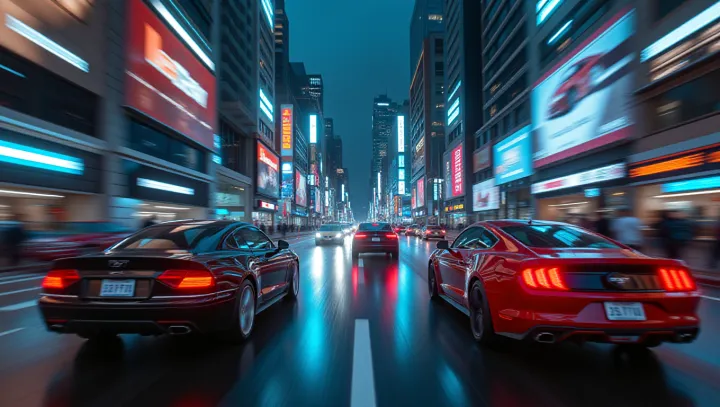The Need for Speed: A Global Auto Phenomenon

Across major cities like New York, Paris, and Tokyo, the frequency of high-speed driving incidents is climbing. Authorities report a significant increase in traffic violations related to speeding, as confirmed by recent data from the Metropolitan Traffic Division. Experts attribute this trend to the bustling pace of urban life, where individuals are constantly racing against time.
Dr. Emily Carter, a transportation analyst, posits, 'The relentless pursuit of time efficiency has embedded itself deeply into our societal framework, evident in how people navigate their environments.' The repercussions are multifaceted: from escalating accident rates to urban infrastructure strain. At the same time, the phenomenon points to broader societal trends toward rapid consumption and immediacy.
Urban planner Jonathan Smith asserts, 'Cities are adapting to this need for speed, redefining transportation designs that prioritize not just efficiency but also safety.' Amidst these developments, municipalities are re-evaluating policies to curb the detrimental effects of this trend. The introduction of more stringent traffic laws and enhanced public awareness campaigns aim to mitigate risks, underscoring a collective responsibility to balance speed with safety.
